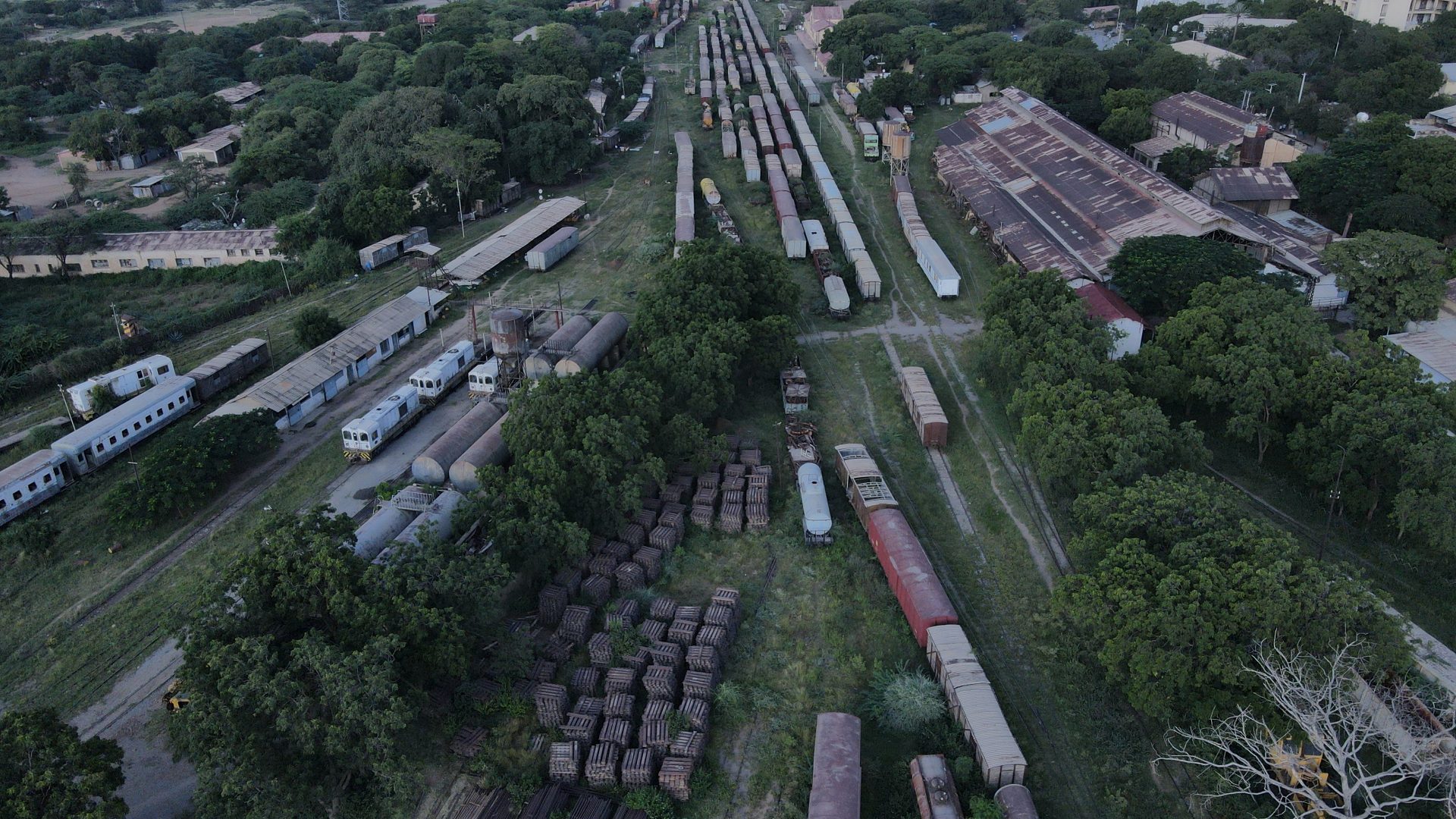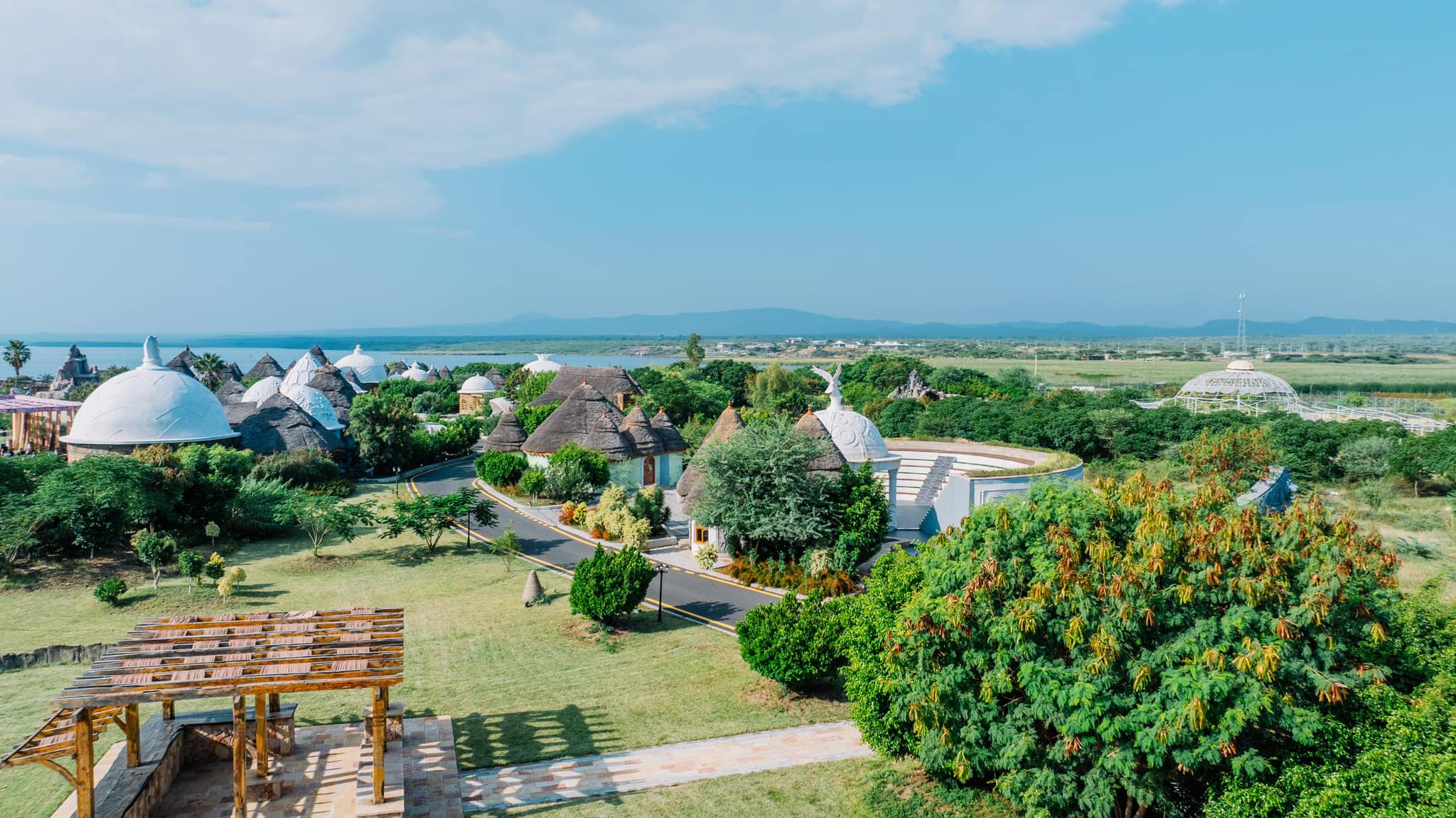Harar: The Living Museum
0/5 Not rated 0 reviews-
People
Description
With its 368 alleyways squeezed into just 1 sq.km., Harar is believed to be the fourth holiest city after Mecca, Medina, and Jerusalem. The 82 mosques and 102 shrines within the fortified city formed the largest concentration of mosques in the world. Noted for being a center of Muslim scholarship and commerce, it once issued its own currency. The city’s lively markets and unique gey gar (city houses) are relicts of the many centuries when Harar served as the most important trade emporium in the Horn of Africa, linking the ports of the Somali coast to the fertile Ethiopian interior. Harar Jugol was inscribed as a UNESCO, World Heritage Site in 2006. Awarded the UNESCO Cities for Peace Prize in 2002, Harar is a delightful and welcoming city to explore on foot, its winding labyrinth of alleys leading to busy market places where colorfully-draped local women sell deliciously juicy tropical fruits, pastel-painted cafes brewing coffee plucked from the surrounding hills, and craftspeople such as cotton traditions weavers, jewelers and bookbinders.
What to See
- UNESCO regards Harar’s unique city houses, with their exceptional interior design, to be the most spectacular facet of its cultural heritage. Entered via a traditional carved wooden door, the houses have a split-level interior centered on a living room whose niched walls are hung with myriad household items, notably the circular flat polychrome baskets for which Harar is famed. A good example of a traditional gey gar, decorated with hundreds of vintage artifacts, is the well-executed facsimile in the Harar Community Centre Museum.
- The Sherif Harari City Museum, set in the wide-balconied double-storey mansion where Emperor Haile Selassie spent much of his childhood, hosts a superb private collection of antique Islamic manuscripts, Harari coins minted during the 18th century, traditional Harari costumes, musical instruments, and household artifacts.
- The Arthur Rimbaud Museum is housed in the beautiful fresco-ceilinged house where its namesake poet-turned-trader reputedly lived in the late 19th century. It now functions as a museum with displays dedicated to the poet and a fascinating collection of monochrome photographs of the city taken in the late 19th and early 20th century.
- The domed Awaach of Amir Nur, the 16th-century ruler who constructed the walls around Harar Jugol, is the most important of 438 Awaach (shrines) dotted around the old town.
- Thought to be the oldest of the city’s mosques, the modern-looking Al-Jami Mosque was reputedly founded in the 10th century and includes one minaret dating to the 1760s.
- As dusk falls over the city, Harar’s famous Hyena men emerge to feed wild hyenas at two sites: Aw Ansar Ahmed Shrine outside Argob bari Gate and the Christian slaughterhouse outside Assumiy Bari Gate
Getting There
Harar lies 510km east of Addis Ababa along a well-surfaced road, passing through Adama and Awash National Park. The main air gateway to Harar is Dire Dawa, 52km by road to the northwest.
Ethiopian Airlines (www.ethiopianairlines.com) flies daily between Addis Ababa and Dire Dawa, where taxis are available at the airport to whisk you along the surfaced road to Harar.
Another possible air gateway, Jijiga, the capital of the Somali Region, lies 100km east of Harar and is also connected to Addis Ababa by daily Ethiopian Airlines flights.
Getting Around
The Harar Jugol is best explored on foot with an experienced local guide who knows their way around its confusing maze of alleys. Guides can be arranged through any hotel or by asking at the central Tourist Information Office. Taxis and bajaji can be picked up at Feres Megala and along the main road through the new town.
Accommodation
The most attractive accommodation is a quartet of inexpensive family-owned cultural guesthouses set in traditional Harari homes within the walls of Harar Jugol. A new international standard hotel is being built in 2015.
A few budget lodgings such as Heritage Plaza, Sumaya hotel, Harar Ras Hotel, Grand Gato Hotel, Wonderland Hotel, Belayneh Hotel, and Winta hotel are also scattered around the new town. Other hotels are found in Dire Dawa.
Annual Events & Festivals
The usual Islamic holidays are celebrated in Harar, including Eid al-Fitr, the end of Ramadan. At the end of the fasting month of Ramadan, the first day of the month of Shewal is celebrated as Eid-al-Fitr. This is followed by six-days of fasting. The 8th day of the month of Shewal is Shewal Eid – a special Harari cultural festival, consisting of 24 hours of celebrations. Harar also comes alive during the Ashura ceremony, which takes place on the 10th day of Muharram, the first month of the Islamic calendar.
Kulubi Gebriel, on the road back towards Addis Ababa, attracts up to 100,000 Christian pilgrims on 26 July and 28 December, feasts dedicated to Kidus Gebriel (Saint Gabriel).
Attractions
- UNESCO World Heritage Sites





